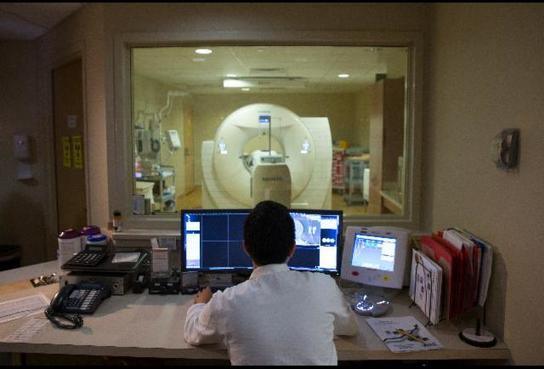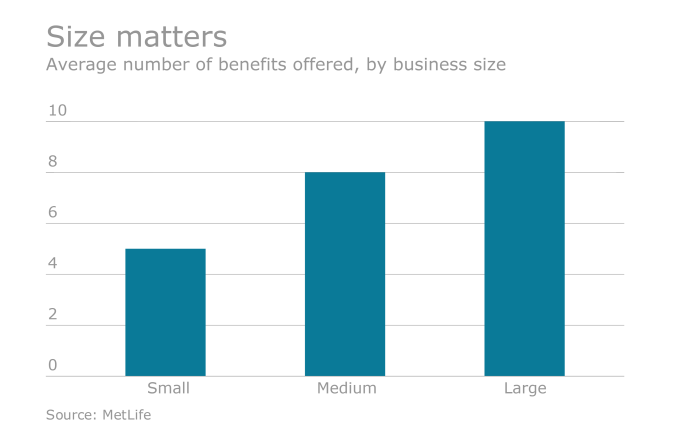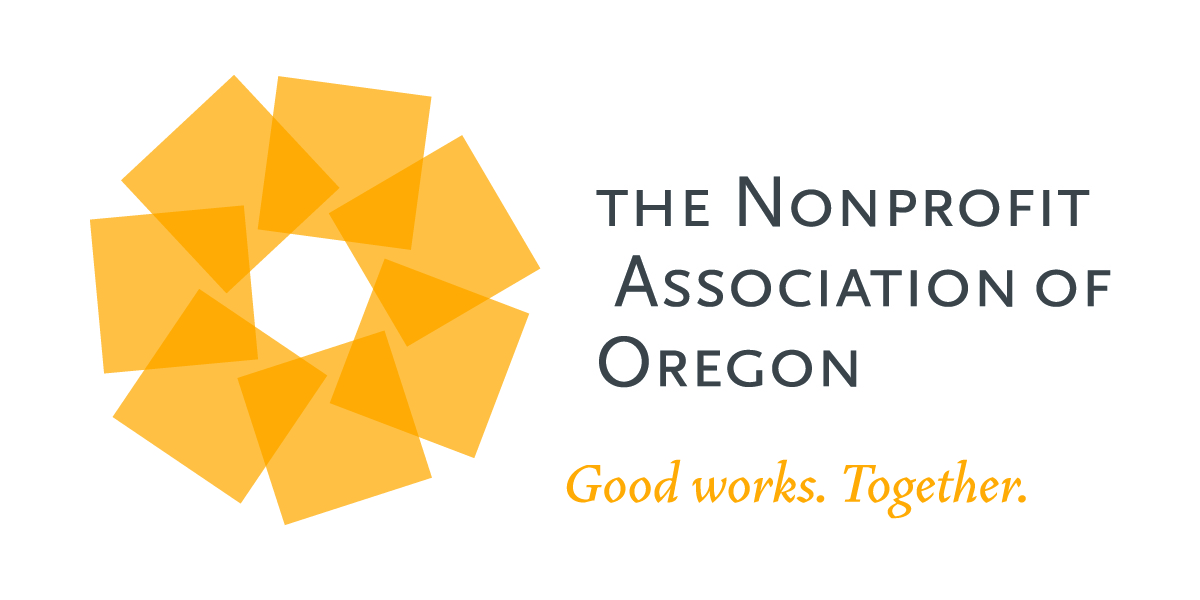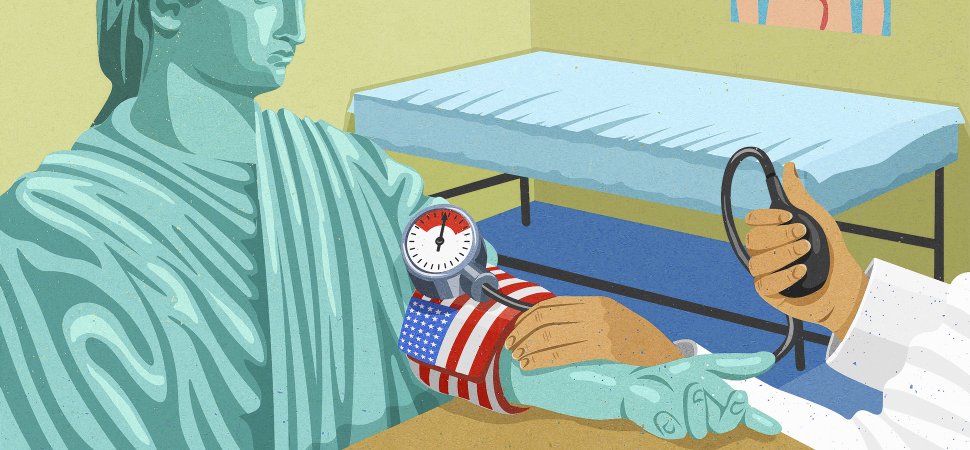The Importance of Employee Benefits and The Surprising Way They Can Affect The Bottom Line
Photo:UNOmaha
We all know how employee benefits can affect the bottom line in not-so-positive ways (read: rising healthcare costs eating away at budgets). But what if we choose to walk on the sunnier side of the street, and look instead at how providing high-quality, affordable healthcare to your staff can actually support your operating funds?
.png?width=1501&name=Nonstop_Logo-22-Horizontal%20(2).png)













